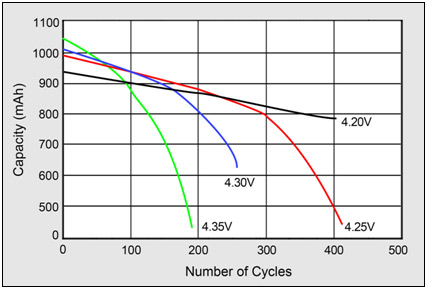Again the BMS manages all aspects of the battery and will balance all by itself with no additional input other than charging/discharging the battery.
And I have never seen written instructions from Tesla that you need to take charge above a certain level to maintain a healthy battery system.
The last little charging can be at extremely low current, taking near forever to top
I would certainly expect to see a prolonged period as low / decreasing current power as all cells reach the max voltage deemed to be fully charged (or user selected charge level)
Anyone disagree with the statement that in order for an unbalanced battery to balance, there will / should be an extended period during which the charge power reduces to allow cells to balance?





